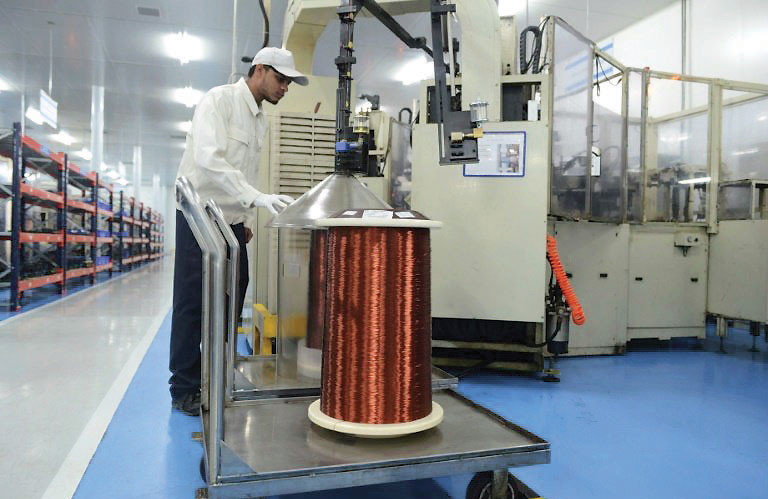

London: The plunge in the price of copper by more than 20 per cent since the beginning of June has worried analysts who see it as a bad signal for the global economy.
The red metal has acquired the sobriquet Doctor Copper for its ability to take the temperature of the world economy.
Why trust Dr Copper?: Doctor Copper is able to tell when the world economy is going to get sick or get better because of the ubiquity of copper in the modern world.
It is used in plumbing, heating, electrical and telecommunications wiring.
“Trains, planes and automobiles are full of copper, so too are homes and appliances,” said Russ Mould, investment director at AJ Bell.
So, it is hard to imagine economic growth without copper, and the market price of the metal reflects fluctuations in demand.
Economists at the Bank of England who monitor the global growth to set monetary policy said on their blog that for them it “is crucial to assess what is happening in the world economy in real time or ‘nowcast’ economic activity.”
Copper prices provide such a real time signal.
Last year’s acceleration of global growth surprised the International Monetary Fund and several central banks.
The Bank of England economists noted that: “Metals prices rose 30 per cent over 2017, reflecting the continued and surprising strength of the global economy.” It also works the other way.
“The price of copper fell steeply during the global financial crisis,” said Andrew Kenningham, Chief Global Economist at Capital Economics.
“And if it continues for much longer, the latest leg down will begin to look ominous.”
But copper prices aren’t a foolproof signal as they are also due to supply factors.
“Copper prices are driven not only by physical demand but also by supply shocks, speculation and exchange rate movements,” said Kenningham.
As copper is traded in dollars, when the value of the Chinese yuan or other emerging market currencies fall it becomes more expensive, dampening demand and pulling the price of the metal lower.
On Wednesday, shares and raw materials prices tumbled as global trade tensions ratcheted higher and emerging market currencies fell against the dollar. — AFP
Oman Observer is now on the WhatsApp channel. Click here



